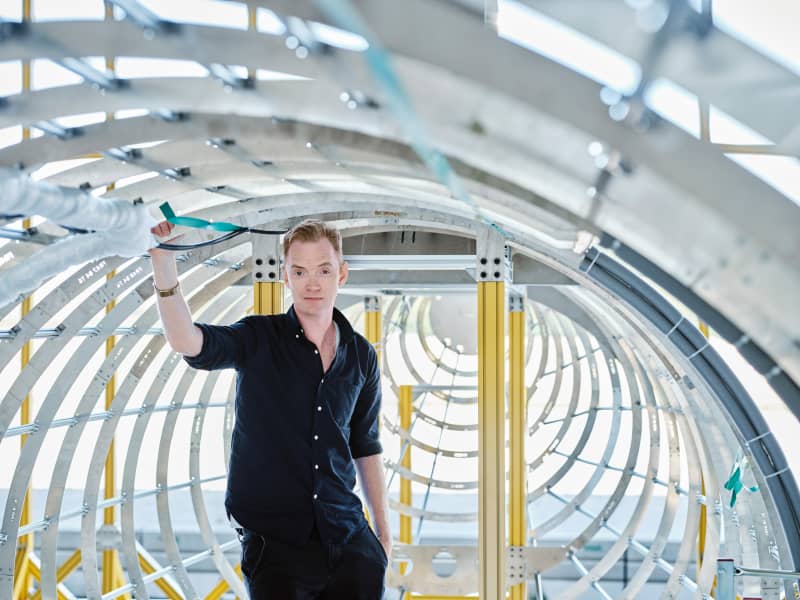Heart Aerospace plans to have a 30-seat electric aircraft in commercial service by 2028, and is building new research and production facilities in Gothenburg.
Heart Aerospace has abandoned plans to build a 19-seat electric aircraft. The electric aircraft will initially have 30 seats, while its range will be extended to 800 kilometres.
The updated version is similar in design and cabin to the current turboprop aircraft used on short flights. The aircraft will have more storage and luggage space, with a shelf above the seats for clothes and hand luggage. There will also be toilet and kitchen facilities.
To create more space in the cabin, batteries can be placed in a separate compartment under the fuselage. The aircraft can operate in all weather conditions.
When fully electric, the range of the plane is 200-400 kilometers at best, but it can also be installed with two turbogenerators operating on renewable aviation fuel to generate power for the batteries, increasing the range of the plane to 800 kilometers.
According to Heart Aerospace, the change in plans will delay the introduction of electric aircraft to the market. The 19-seater plane was supposed to start commercial flights in 2026, but now the company estimates that commercial deliveries will start in 2028.
Airlines hoped for larger electric planes
The new plans are based on a wish from the airlines. A 30-seater passenger plane is more suitable for short routes of most airlines. In this case, operating costs per passenger will also be lower than when operating with smaller planes.
Heart Aerospace managed to get more than 200 orders for the 19-seat plane. According to Forslund, so far the companies have signed new letters of intent for almost a hundred ES-30 aircraft. Among the Nordic airlines, Braathens, Icelandair and SAS have signed the letter of intent.
The largest number of electric passenger planes are entering service in the United States in the initial phase. United Airlines and Mesa AirGroup have ordered more than 200 electric planes. The companies confirm that they will change the order to the updated ES-90 version.
As the newest customer, Air Canada announced on Thursday that it will order 30 electric planes. At the same time, the company became a new minority shareholder of Heart Aerospace.
In Finland, an electric passenger plane could fly from Helsinki-Vantaa to Rovaniemi and Kuusamo without a stopover. The lower operating costs of the plane would make it possible to operate even from low-traffic airports, which are currently not worth flying to commercially.
Air traffic would therefore also be profitable with air connections currently purchased by the state to six airports in Finland.
Research and development centre in Gothenburg
The rapid development of electronic flying is accelerated by the establishment of the research and development center Northern Runway at Säve Airport in Gothenburg.
The Swedish defense industry company Saab is also joining the development work, which has become a minority shareholder of Heart Aerospace. The companies have signed a cooperation agreement for the delivery of subsystems and the certification and manufacture of the machine type.
Aircraft manufacturing will begin in Gothenburg in 2027, when the new assembly facilities will be completed. In the beginning, the machines will be manufactured at an annual rate of 120 units.

